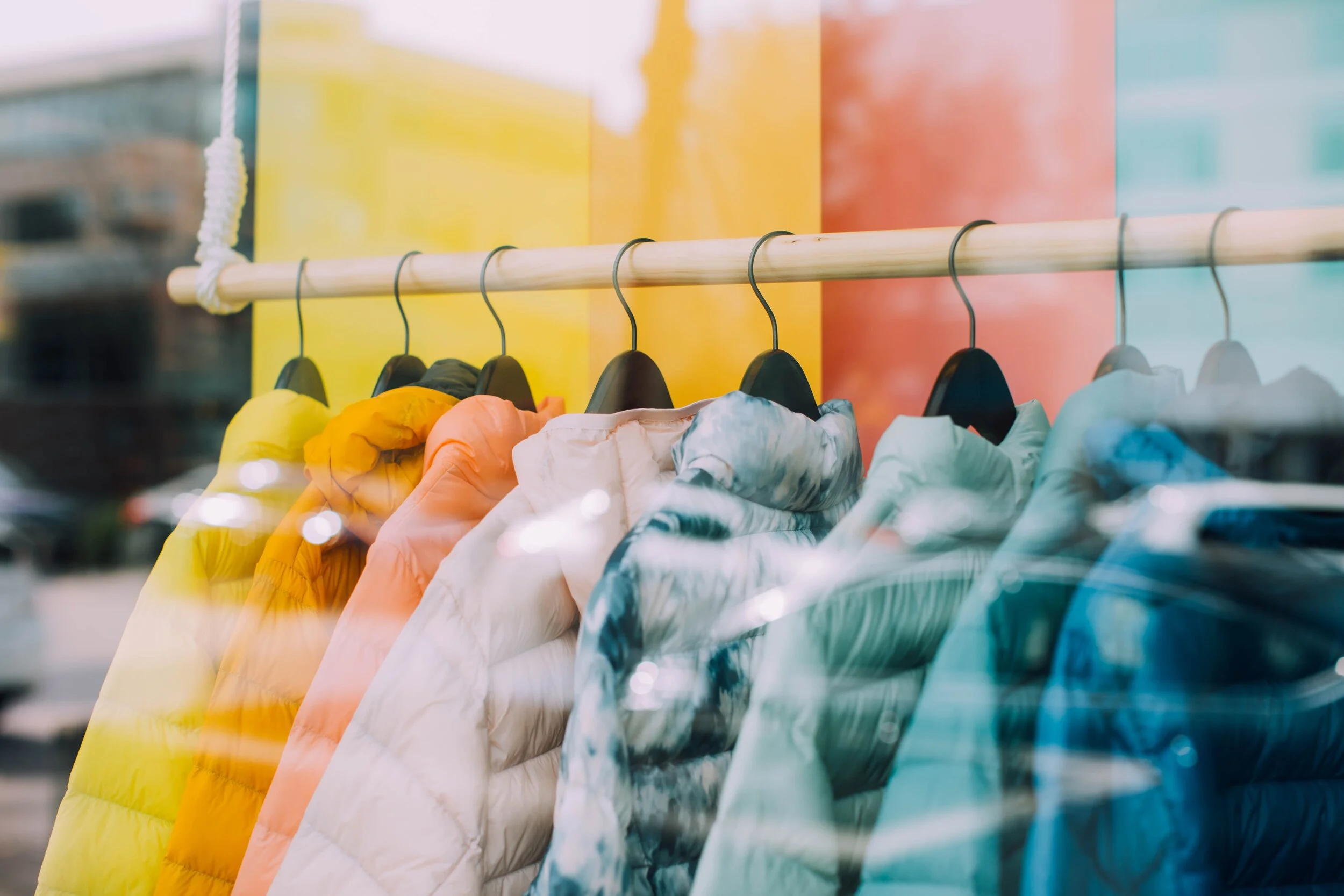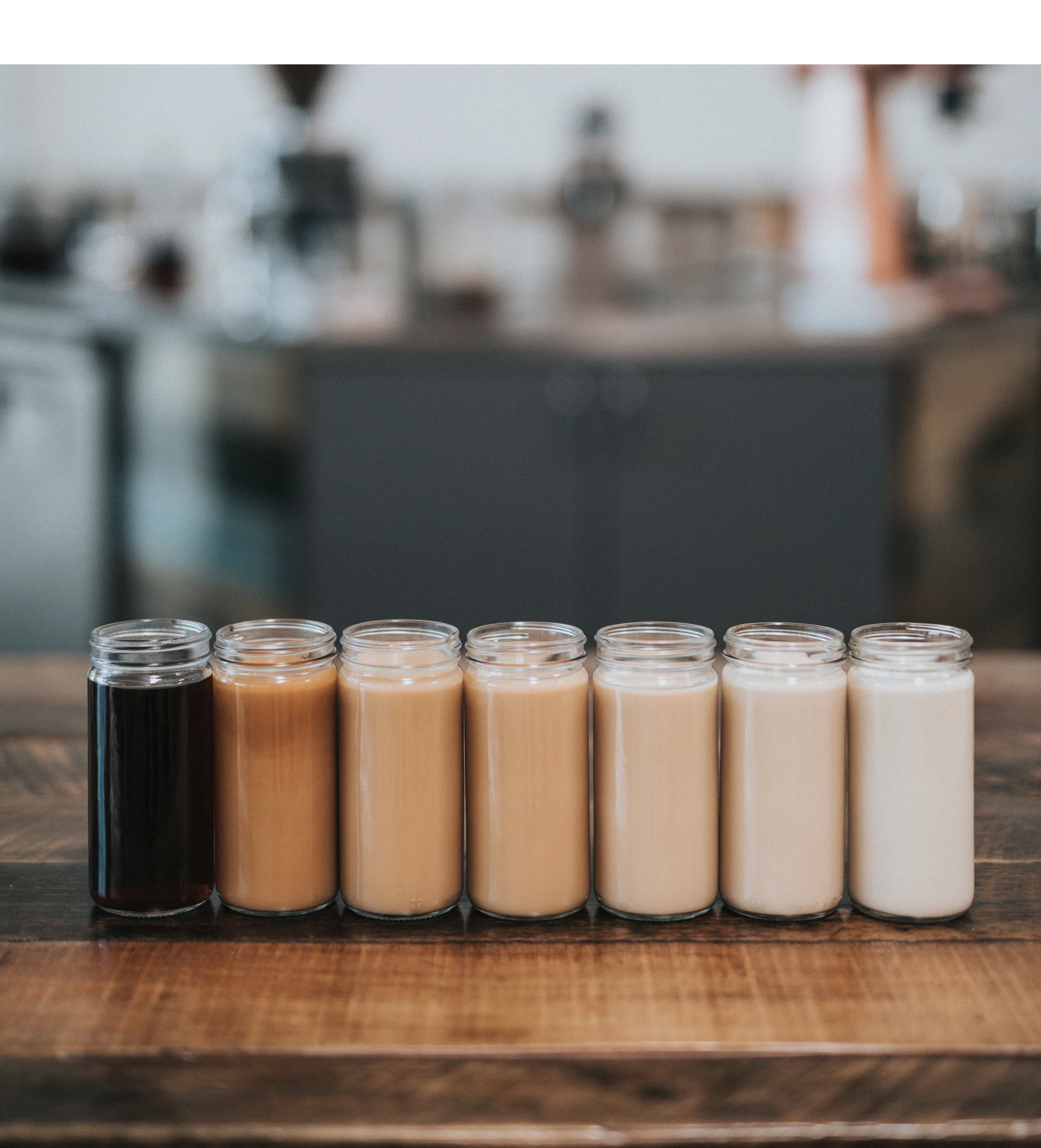We live in a society surrounded by plastic. Just take one glance at the products in the supermarket - just how many do you see that are not wrapped in plastic? But not only food is covered in plastic: we are covered in it as well.
You might raise your eyebrows at that statement, but one of the major sources of plastic pollution in the ocean comes from our very own wardrobes. The fibers in our clothes are poisoning our waterways and food chain on a massive scale. When we wash a garment made of synthetic fabric in the washing machine, the garment sheds some of its microfibers. These microfibers contain tiny bits of plastic (microplastic) that end up in our waters.
Synthetic versus pure: what fabrics to shop for?
If you want to ensure that your laundry doesn’t shed any plastics into the drain, you have to closely examine the label of your garments.
Here are some fabrics you can evade when purchasing a new piece of clothing.
Nylon. Fabrics made of nylon are incredibly popular. However, this fabric is constructed by melting nylon chips. When they cool down, they solidify in tiny threads and when woven together turn into plastic yarn.
Rayon. It is designed to imitate the feel and texture of silk, wool, cotton, and linen. Even though this fabric originates from naturally occurring cellulose (such as wood), the processing of it actually turns it into a regenerated cellulose, synthetic fiber.
Polyester. This immensely popular fabric pops up on almost every label. This is piece of fabric is created by melting plastic into tiny fibers and combining it with natural fabrics such as wool. The reason why it is so popular is simple: polyester is incredibly durable and helps sustain the shape of the garment. Unfortunately, the plastic particles in these garments are not sustainable at all.
Spandex. Being a lightweight, synthetic fabric, its unique properties make this fabric perfect to construct sportswear. It’s incredibly flexible, which helps create that stretchy fabric needed for working out. However, spandex is not a sustainable option, as its stretchiness tends to wear out quickly.
Acrylic. A synthetic replacement for wool, acrylic consists of acrylonitrile and a comonomer, which makes it a very easy fabric to dye and process into different styles.
Acetate. This is often a replacement for shiny and luxurious fabrics with a metallic finish. You can spot it when shopping for curtains or festive garments.
Pleather. For vegans, this used to be a great way of getting the same look and feel of leather, without having to sacrifice an animal’s life. However, pleather (plastic leather) contains a lot of plastic and are less sustainable and durable than other plant-based options. They wear out easily and end up being thrown out faster than leather-like items should be.
Instead, look for pure fabrics like these
Plant-based fibers
Organic cotton. However, we do say this with a sidenote. Cotton is one of the most water-consuming fabrics on earth Make sure to properly research the brand before you make your purchase, only opt for organic cotton, and, most preferably, only shop vintage cotton.
Linen. Unlike cotton, linen is a fabric that requires considerably little resources. It is made from the Flax plant, who can grow in poor soil - soil that is often unable to grow anything else. In addition, the Flax plant absorbs a lot of carbon. Win win! Wear Linen!
Hemp. The Hemp plant is such an easy plant. It doesn’t need a lot of water, energy, or fertilizers to grow. And, as it turns out, hemp plants improve the soil quality significantly.
Ramie. This might be a lesser-known fabric, but the fiber itself has actually been used for at least 6000 years. It comes from the Ramie plant part of the nettle family, which can be found in eastern Asia. The fabric itself is similar in shape and feel as cotton, yet more versatile. It can be used to create fine yarn but also denim and sportswear.
Plant-based leathers. Like mentioned earlier, the misconception that pleather is a sustainable alternative to leather is a great one. However, if you truly want to find yourself a substitute for leather, you should look into plant-based alternatives. Pineapple leaves, mushrooms, corn waste, yeast and even recycled coffee can create leather-like materials.
Animal-based fibers
Many traditional fibers come from animals. Therefore it is always wise to research the brand properly. Ask yourself the following question before making your purchase: Is this garment produced in a responsible, sustainable, and animal-friendly way? If your answer is yes: perfect! If your answer is no, perhaps continue your search.
Are they sustainable? Read more below.
Maybe: Wool. This fiber contains zero pieces of microplastics, but unfortunately, extensive sheep farming has resulted in overgrazing of the lands. Make sure to only support local or small scale businesses you trust to treat the land and animals right.
Yes: Silk. Silk is a protein fiber spun by silkworms. This quite the responsible choice, as these fabrics are completely biodegradable. As for animal welfare, keep an eye out for special silks that allow the moth to evacuate the cocoon before it is boiled to produce silk fabrics.
No: Cashmere. Cashmere fiber comes from cashmere goat hairs and is most often produced in China and Mongolia. The only problem is, that these goats pull out the grass by the roots and are so overpopulated that they are one of the biggest causes of desertification.
Yes: Alpaca. Wool from Alpaca’s is a much more eco-friendly fiber than cashmere or wool. Their soft feet don’t damage the soil they step on and they don’t overgraze the land.
We hope we have given you the tools and knowledge to make more sustainable choices in the future. Let us all honor the earth’s resources by being as considerate of them as possible!
- Written by Suze van As































